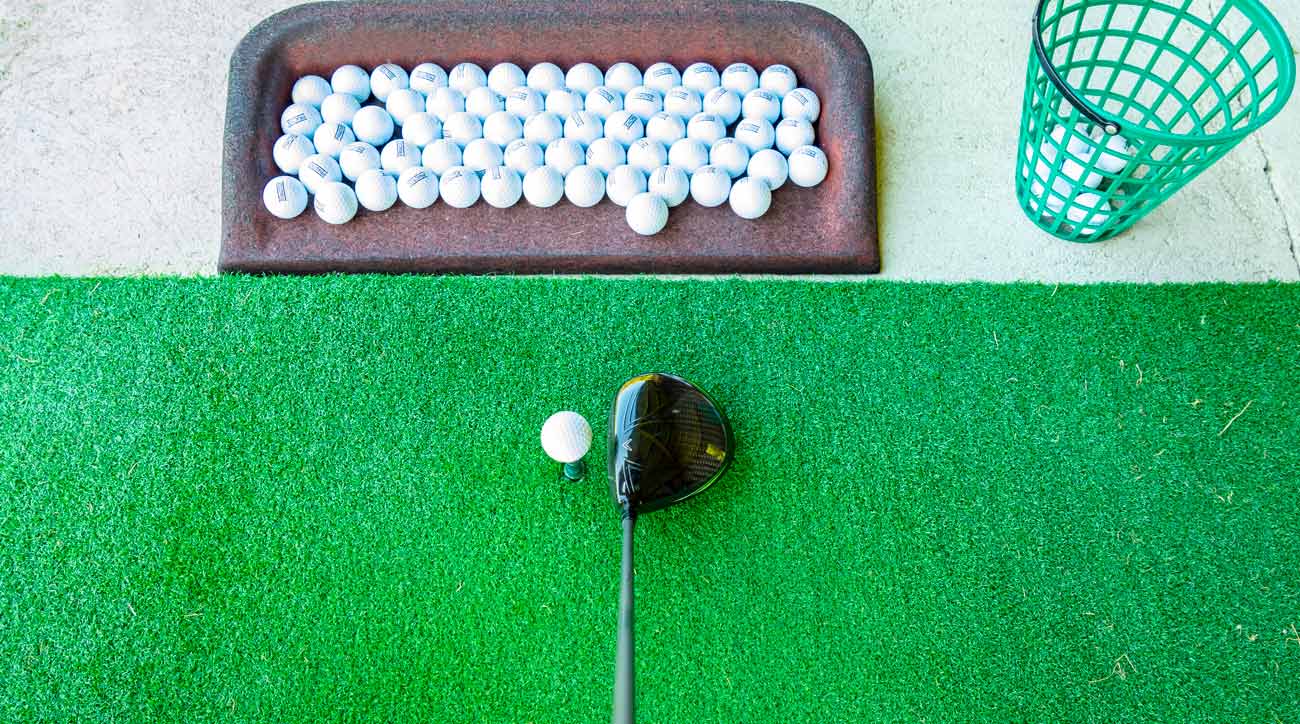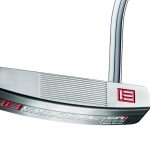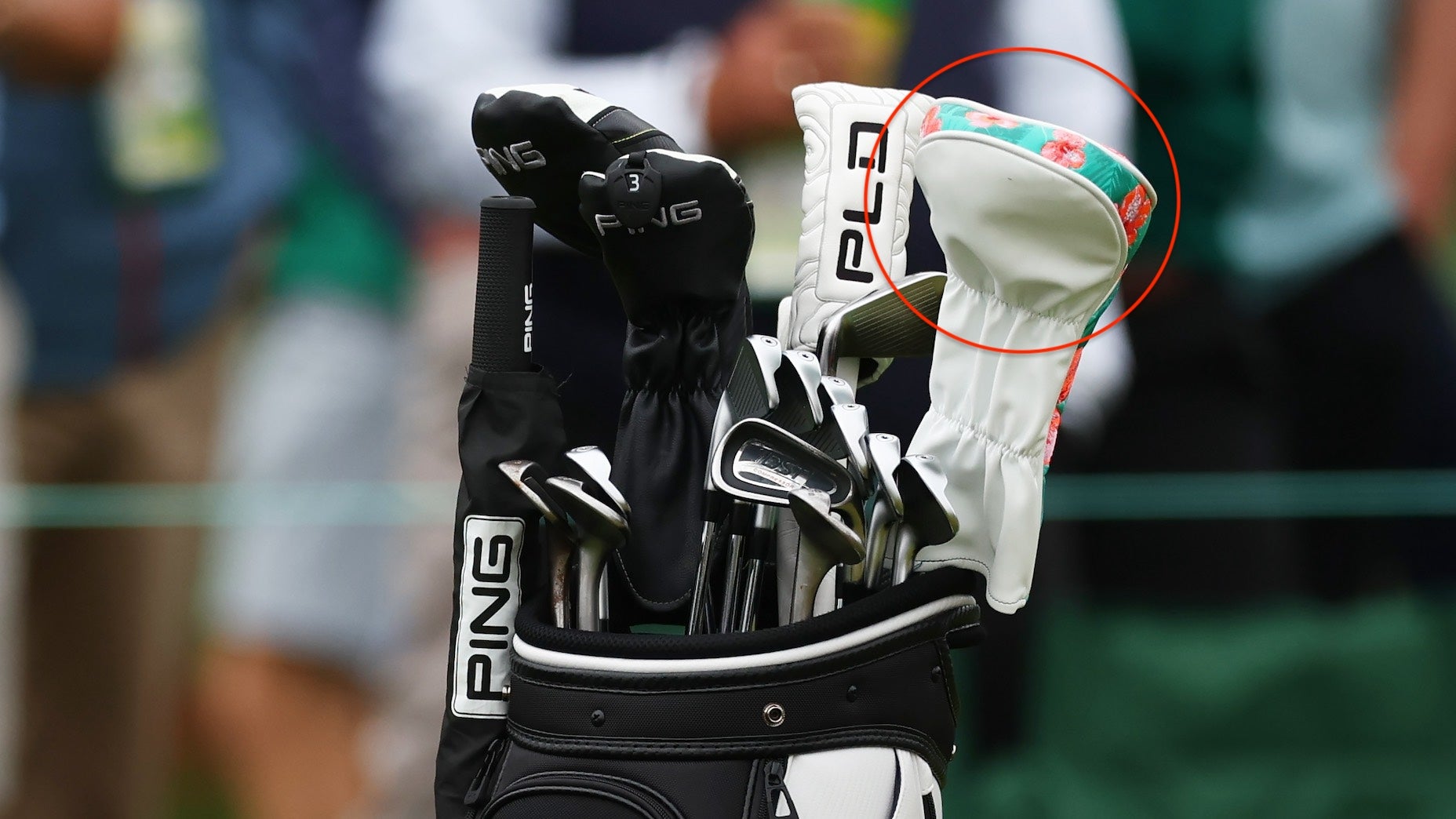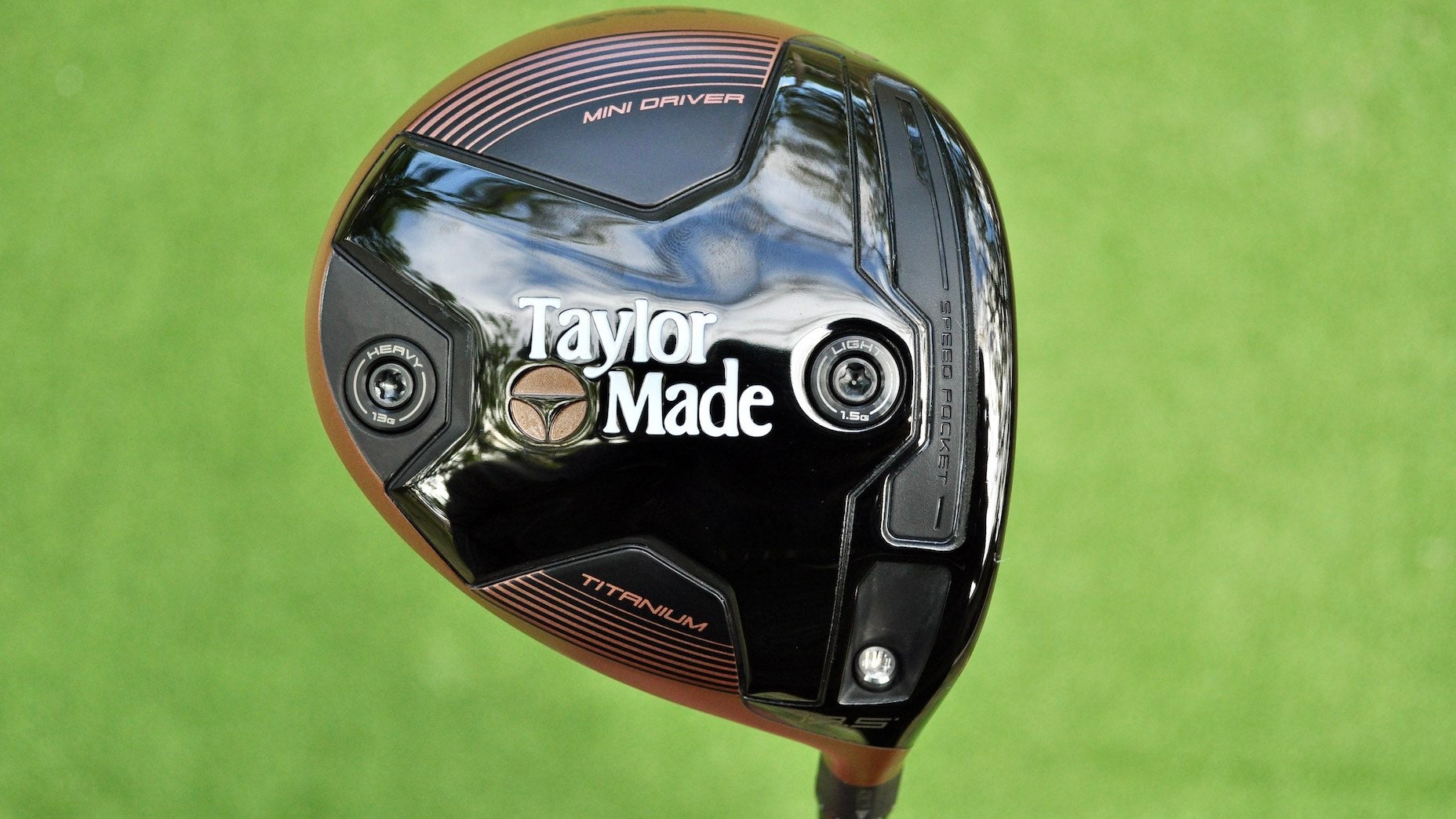Welcome to another edition of Yo, Gear Guy!, an interactive GOLF.com series in which our resident dimplehead (a.k.a., GOLF’s deputy editor of equipment, Mike Chwasky) fields your hard-hitting questions about clubs, fittings, gadgets, bounce, lofts, CG, MOI, and a bunch of other scary acronyms. This week he’s providing insights on the new Titleist Pro V1s, as well as explaining if hitting range balls can wear out your driver. Got a question for Gear Guy? Hit us up on Twitter, Facebook or email.
Wjk_golf: What can you tell us about the 2019 Pro V1 prototypes?
I can tell you that the folks at Titleist were kind enough to share some of the new prototypes with me for trial, and that it’s probably not a coincidence that Titleist’s ball counts have been higher than ever as of late (they are really good). If you’ve seen a white box with balls stamped “Proto 19” on the side, they’re definitely either the 2019 Pro V1 (black number) or Pro V1X (red number), which will be formally introduced very soon to the public.
I’ve heard from very reliable sources that the goal when developing both new models was to add ball speed and distance without giving up any short game spin or feel, which can be quite a challenge to say the least. In my informed opinion, the engineers at Titleist were clearly successful in pulling off their goals, as my experience with the new Pro V1 is that it has more zip than the past model and actually feels a little nicer (totally subjective) off the putter.

I don’t normally play Pro V1x, so I can’t speak to the performance of the new model, but I would assume it’s equally improved. And for those who haven’t heard, the new models will very likely be available in a yellow option that should look quite similar to the yellow AVX. Obviously, the performance of the white and yellow options will be identical.
Jul_vela: Should I limit how much use I give my driver on the range? I don’t want to wear it old with older range balls if that has a big impact.
I know it can be painful, both literally and figuratively, to hit crappy old range balls with your beautiful (and pricey) new hi-tech driver, but believe me, the durability of the face plate has been tested to withstand swings that, no offense, are a lot higher than yours.
That being said, you probably should limit the number of balls you hit on the range with your driver for a couple of reasons. First, even new range balls don’t produce the speed, launch, or spin of a real golf ball and don’t provide comparable performance, so hitting a ton of drives won’t give you that much useful information regarding how you’re hitting it. Second, if you poll some of GOLF Magazine’s Top 100 Teachers you’ll learn that they typically do not support recreational golfers spending copious amounts of time swinging the driver while their short irons, wedges, and putter sit in the bag. So while you’re highly unlikely to damage the face of your driver by hitting a ton of old range balls you are likely to damage your game.

Bob_mossgame: Is it more important to find a putter that fits my stroke type or one that feels right at impact?
This is a good question Bob and one that a lot of players probably get wrong. Yes, feel is an extremely important factor when choosing clubs, particularly those used for scoring like wedges and putters. Drivers, fairway woods, and hybrids are more about launch and spin rates than distance control for most players, but scoring clubs are tools that are designed for precision. Hence, a lot of folks think a putter with a pleasing feel will make it easier to control on long putts and maybe more accurate at short range than one that doesn’t feel so nice.

It all makes sense, except for the fact that even the best players in the world (Tour players) are quickly turning from crisp and clean milled blades to multi-material mallets, many of which contain inserts that have grooves and softer rebound. The reason is simple – a putter with the correct design for your stroke type and ability level is absolutely key to performance, while feel is more of a subjective matter that often doesn’t have a significant effect on scoring. Think of it like a muscleback blade iron vs. a game improvement design that’s chock full of technology that provides a lot of help on miss hits. Though the blade might feel better when you hit it perfectly, how often is that going to happen? Unless you’re one of the best in the world the answer is probably, “not often,” and when it comes to putters the case is the same.
Bottom line – don’t worry too much about beautiful looks and pleasing feel and do concern yourself with finding a putter model that allows you to return the clubface to square most often. If that means you have to go from a $500 milled flatstick to a $150 insert mallet, so be it. Though you might not get goosebumps up your arms when you strike a putt with the insert mallet, you’ll probably have fewer three-putts and better scores overall.
[bc_video video_id=”5977887604001″ account_id=”416418725″ player_id=”B1lrmWbebQ” embed=”in-page” padding_top=”56%” autoplay=”” min_width=”0px” max_width=”640px” width=”100%” height=”100%”]





